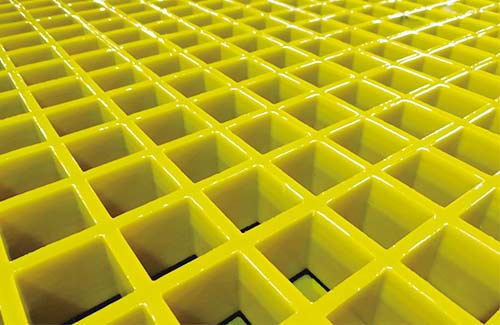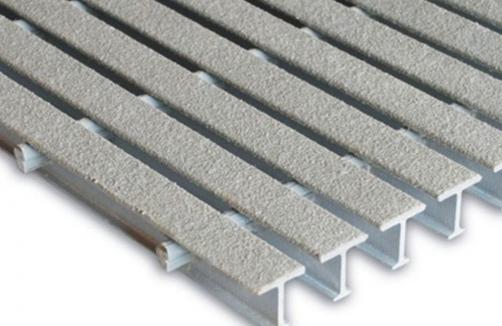Phenolic Grating for Oil and Gas Industry: Enhancing Safety and Durability in Harsh Environments

The oil and gas industry operates in some of the most challenging environments on Earth, where equipment must withstand extreme temperatures, corrosive substances, and heavy loads. Traditional materials like steel often fail under such conditions, leading to safety hazards, costly downtime, and environmental risks. Phenolic grating has emerged as a superior solution, offering unmatched durability and safety for oil and gas infrastructure. But what makes it so effective? How does it compare to conventional materials? And what are the key benefits for industry professionals? Let’s explore these questions in detail.
What Is Phenolic Grating?
Phenolic grating is a composite material made from layers of phenolic resin and glass fibers. This unique composition creates a lightweight yet incredibly strong platform that resists corrosion, heat, and electrical insulation. Unlike steel, phenolic grating does not rust or conduct electricity, making it ideal for hazardous environments where slip resistance and fire safety are critical.
Why Is It Essential for the Oil and Gas Industry?
Oil and gas facilities often deal with volatile chemicals, flammable gases, and extreme weather conditions. Traditional steel grating can corrode, expand, or contract, leading to structural failures. Phenolic grating, on the other hand, remains stable and reliable even in the most恶劣 environments. Its non-conductive properties also reduce the risk of electrical hazards, a significant concern in petrochemical plants.
Safety and Durability: Key Benefits
One of the primary concerns in the oil and gas sector is maintaining safety while ensuring long-term durability. Phenolic grating excels in both areas:
– 耐食性: It won’t rust or degrade when exposed to oil, gas, or saltwater.
– High Load Capacity: Capable of supporting heavy equipment and foot traffic without buckling.
– Slip-Resistant Surface: Textured phenolic grating prevents falls, even when wet or greasy.
– 耐火性: It has a high thermal threshold, making it safer in fire-prone areas.
How Does It Compare to Steel Grating?
While steel is a common choice, phenolic grating offers distinct advantages:
– Weight: Phenolic grating is 50% lighter than steel, reducing shipping costs and installation ease.
– Maintenance: It requires minimal upkeep, unlike steel, which may need painting or coatings to prevent rust.
– Cost-Effectiveness: Though initially more expensive, phenolic grating’s longevity and resistance to failure lower overall expenses.
Case Studies and Industry Applications
Companies like Shell and BP have adopted phenolic grating in their refineries and offshore platforms. For example, a gas processing plant in Texas replaced aging steel walkways with phenolic grating, reporting a 30% reduction in maintenance costs and improved worker safety. These success stories highlight the material’s practical benefits.
Sharing Best Practices
For industry professionals, here are some tips when using phenolic grating:
1. Choose the Right Thickness: Thicker grating supports heavier loads but adds weight.
2. Consider Environmental Factors: Corrosive climates may require additional coatings.
3. Proper Installation: Ensure the subfloor is level to maximize performance.
The Future of Oil and Gas Infrastructure
As the industry moves toward safer and more sustainable solutions, phenolic grating is becoming the go-to material for high-risk applications. Its ability to combine strength, durability, and safety makes it a future-proof choice for oil and gas facilities worldwide.
In conclusion, phenolic grating is a game-changer for the oil and gas sector. By addressing key challenges such as corrosion, safety, and longevity, it helps companies operate more efficiently while reducing risks. Whether you’re designing a new plant or upgrading existing infrastructure, phenolic grating offers a smart, reliable, and cost-effective solution.







